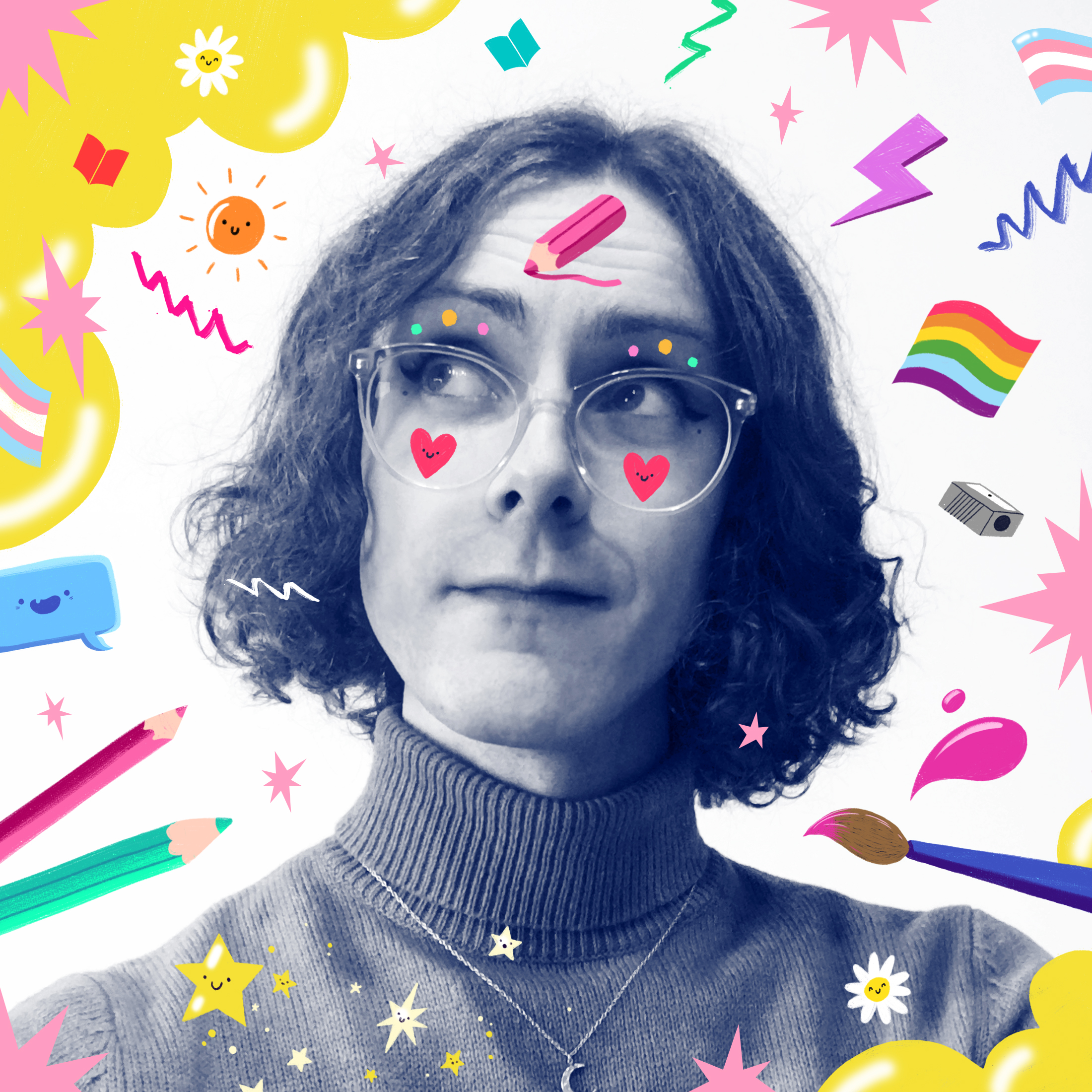
by Michele Kirichanskaya | Dec 4, 2024 | Blog
Harry Woodgate (pronouns: they/them) is an award-winning author and illustrator who has worked with clients including National Book Tokens, Google, The Sunday Times Magazine, Harper Collins, Simon & Schuster, Walker Books, Knights Of, Andersen Press, Bloomsbury,...
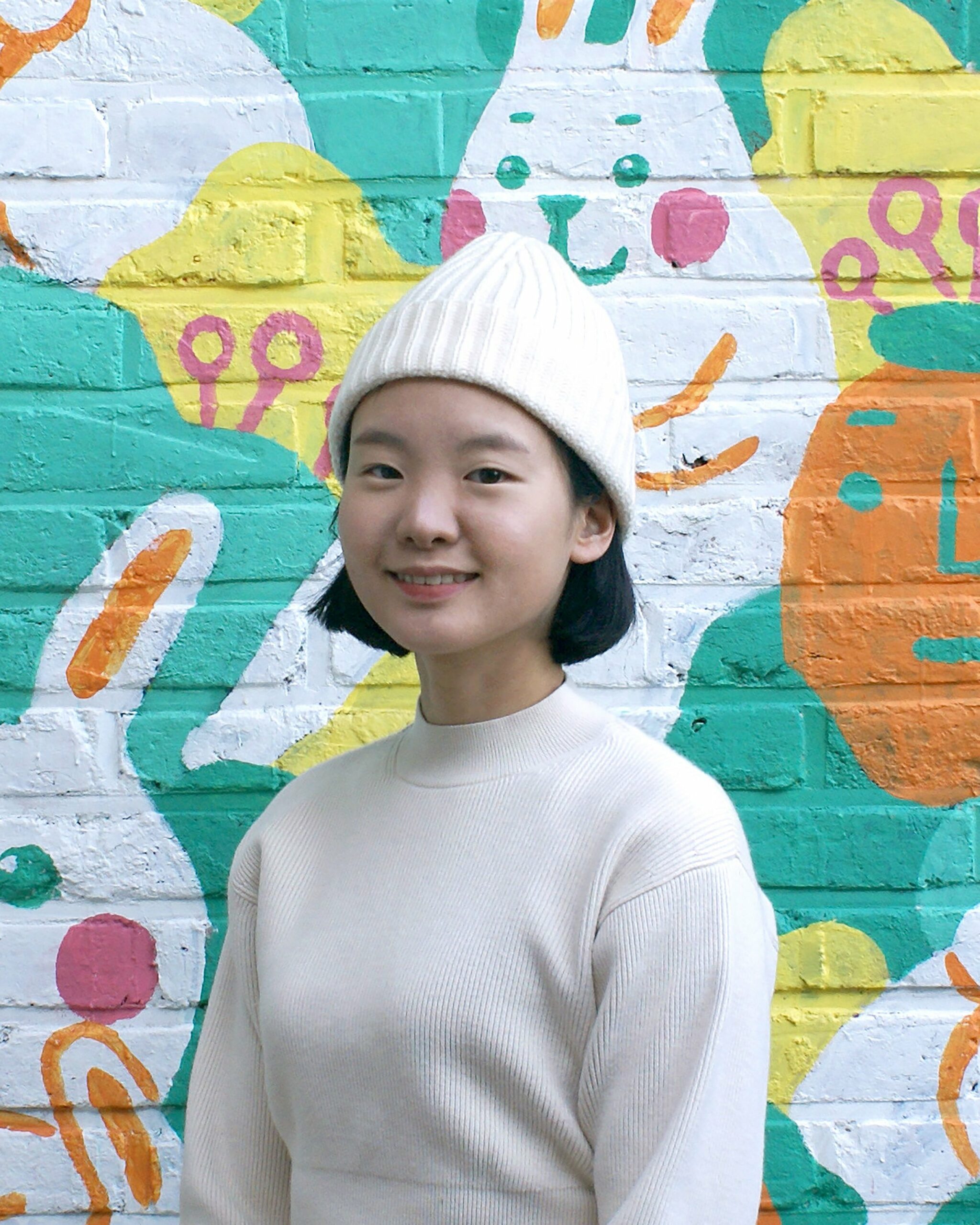
by Michele Kirichanskaya | Mar 8, 2024 | Blog
Junghwa Park [juhng-hwa bahk] is a Korean-born immigrant artist. She graduated from BFA Illustration School of Visual Arts in 2014. Her illustration is warm and whimsical. Also, it is interesting to find hidden stories. She does not only show her whimsical...
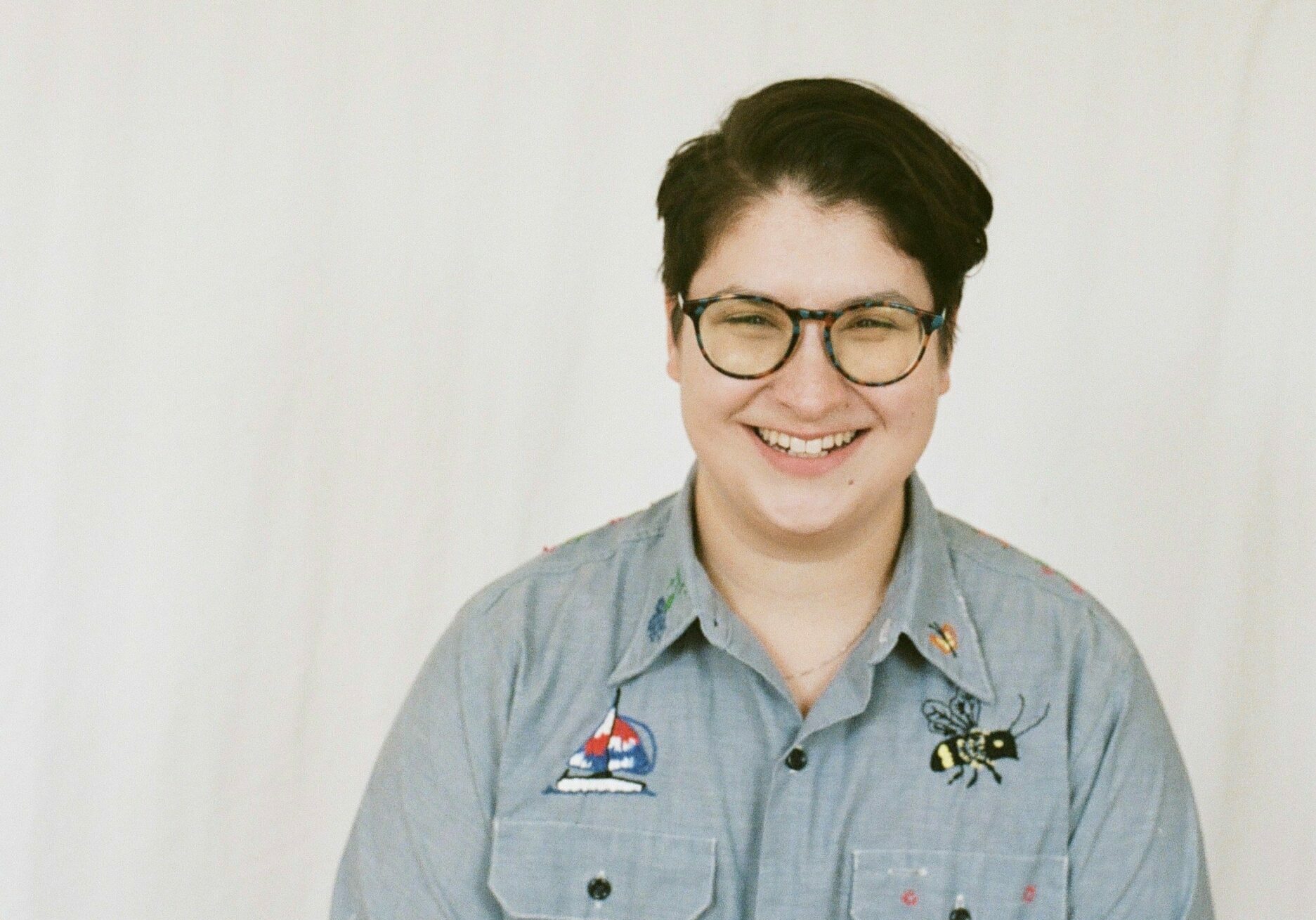
by Michele Kirichanskaya | Mar 1, 2024 | Blog
Lindz Amer (they/them) creates LGBTQ+ and social justice media for kids and families. They wrote, produced, and cohosted Queer Kid Stuff—an original LGBTQ+ educational web series for ages three and up—which The Huffington Post called a “groundbreaking YouTube...
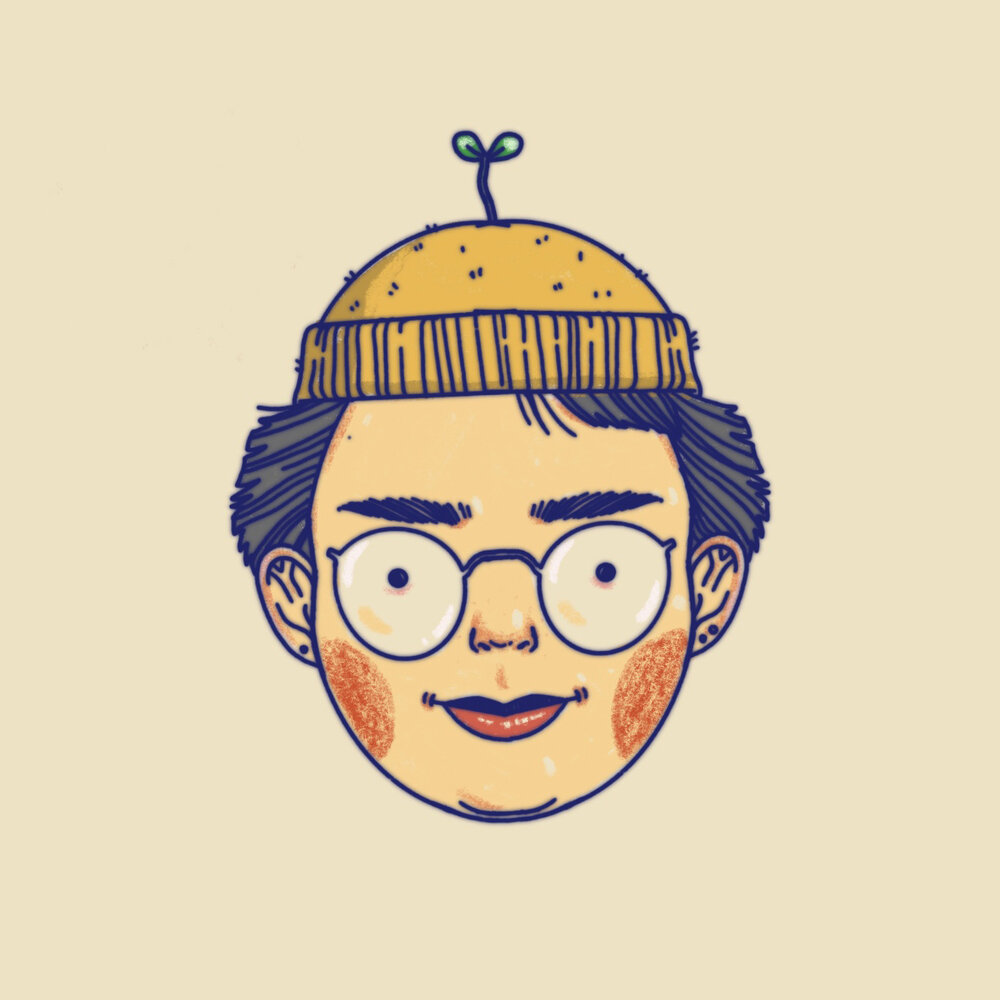
by Michele Kirichanskaya | Jan 31, 2024 | Blog
ShinYeon Moon (she/her/they/them) is an illustrator based in New York. Moon holds an M.F.A. from the School of Visual Arts in Illustration as Visual Essay. She currently teaches at the School of Visual Arts and Fashion Institute of Technology. She has received...
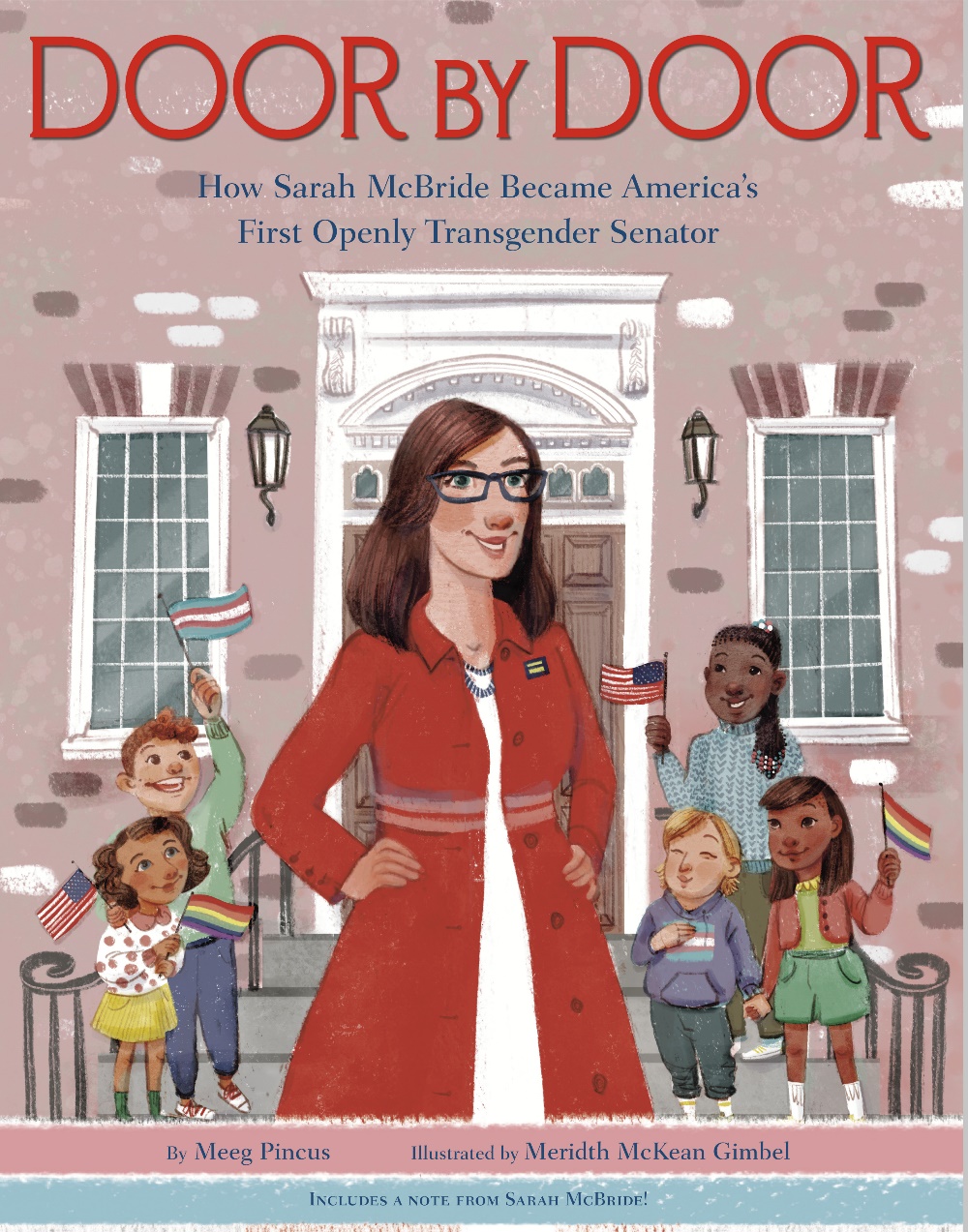
by Michele Kirichanskaya | Aug 8, 2023 | Blog
Meeg Pincus (she/her), M.A., is the author of 26 picture books in the trade and school/library markets. She’s been a nonfiction writer, editor, educator & diverse books advocate for over 25 years. She lives, writes, sings & homeschools with her family in...






